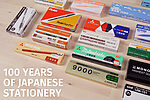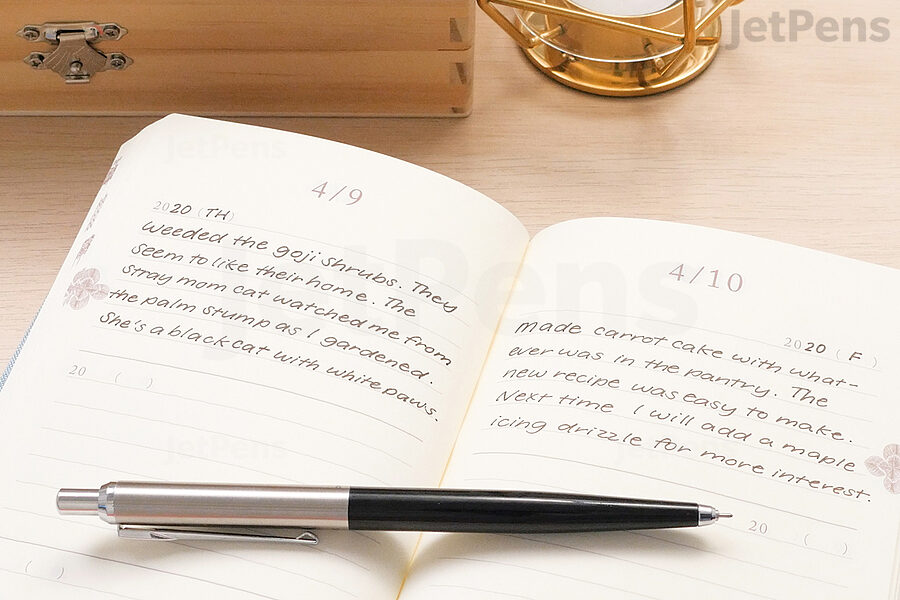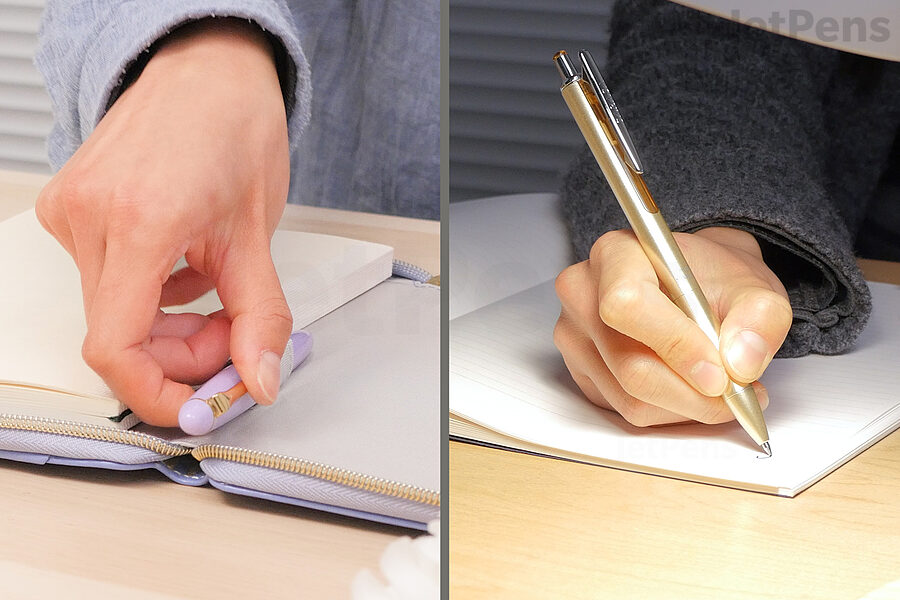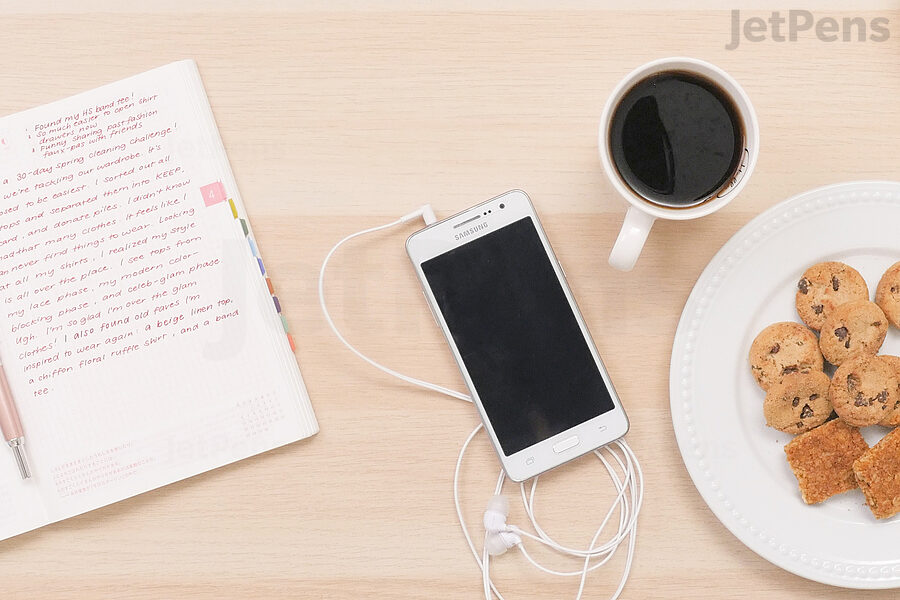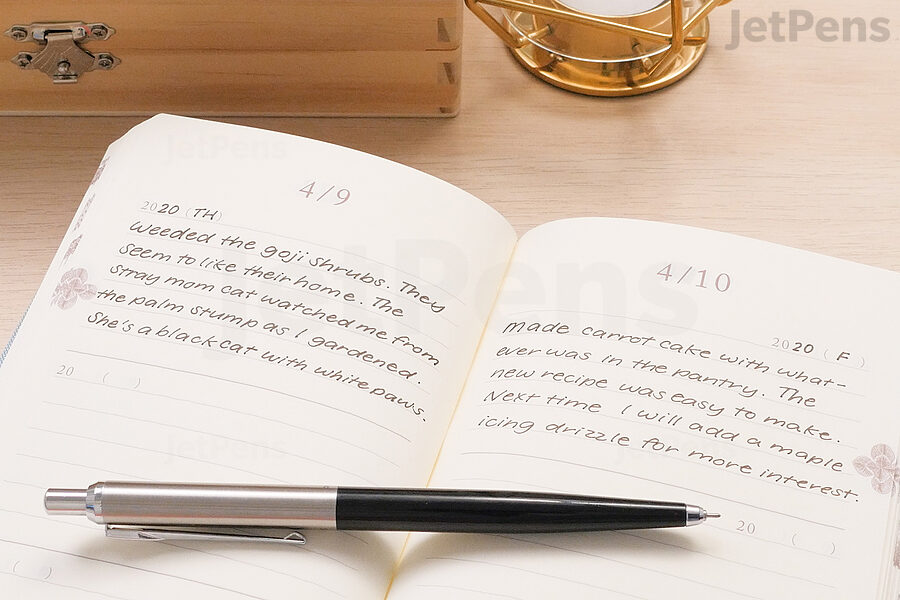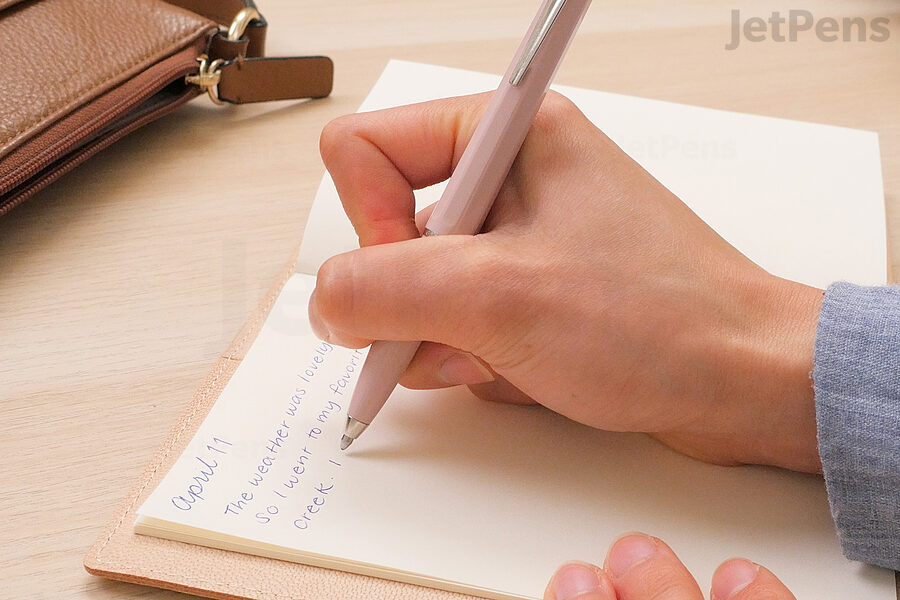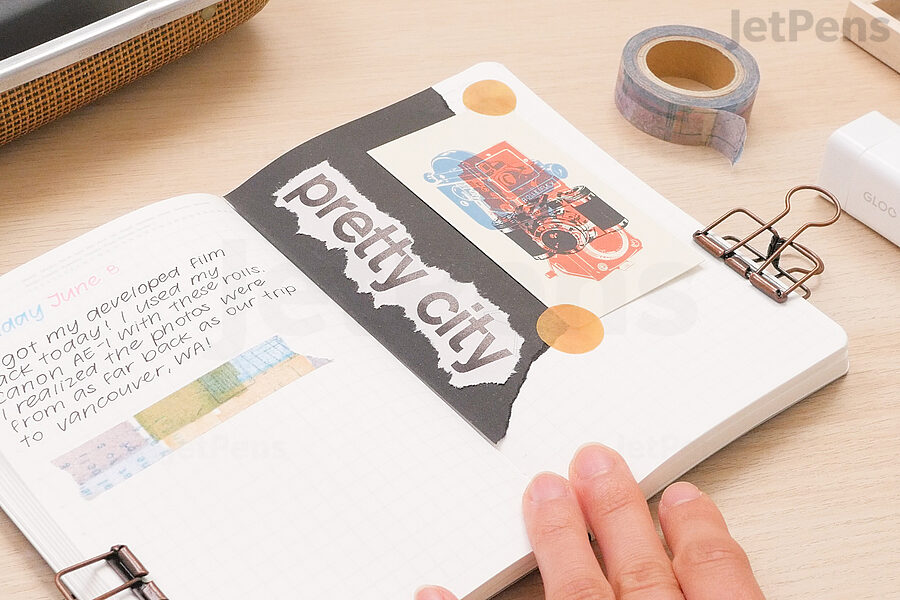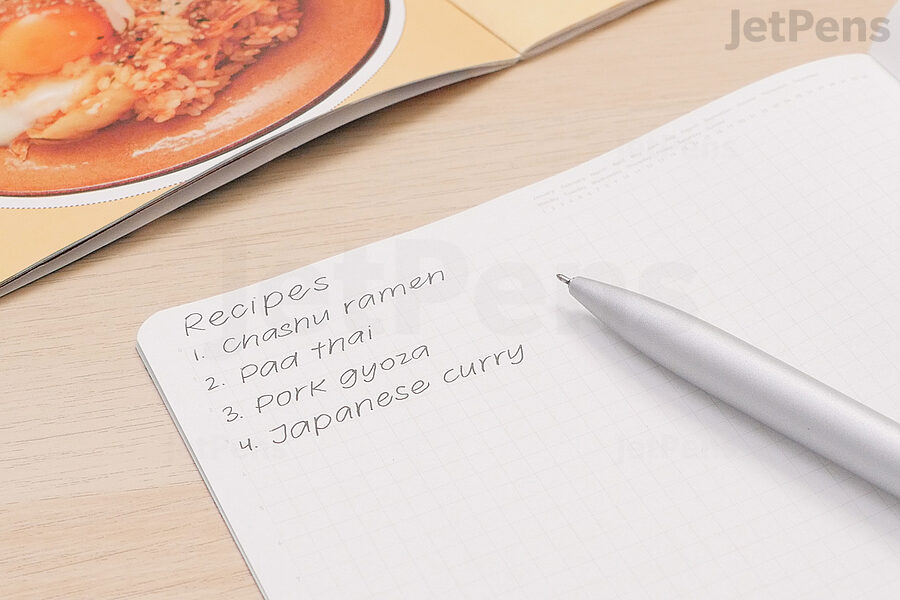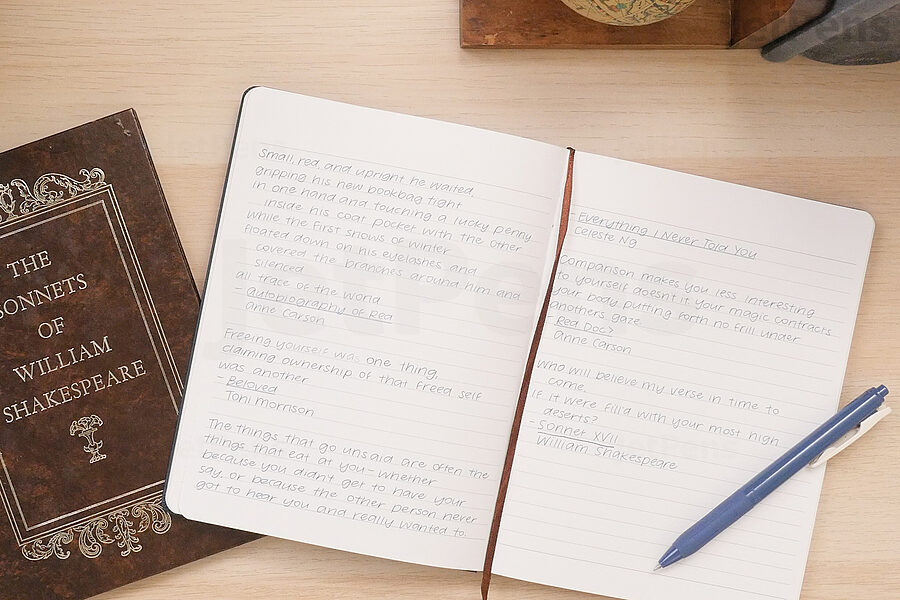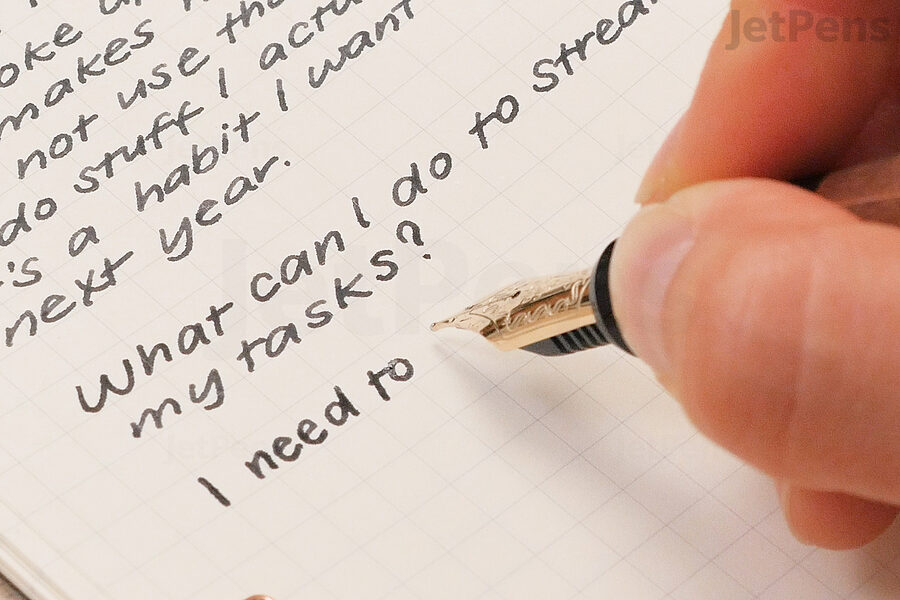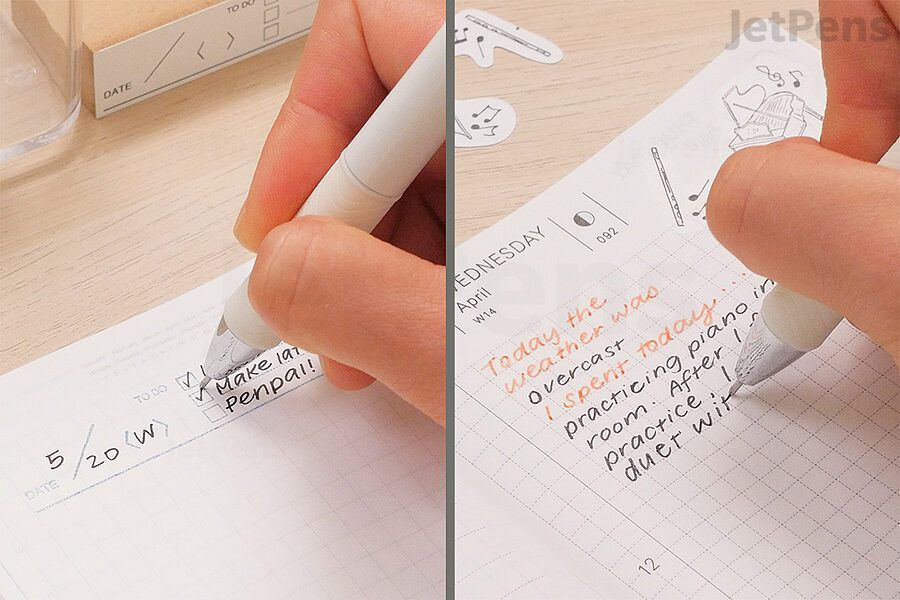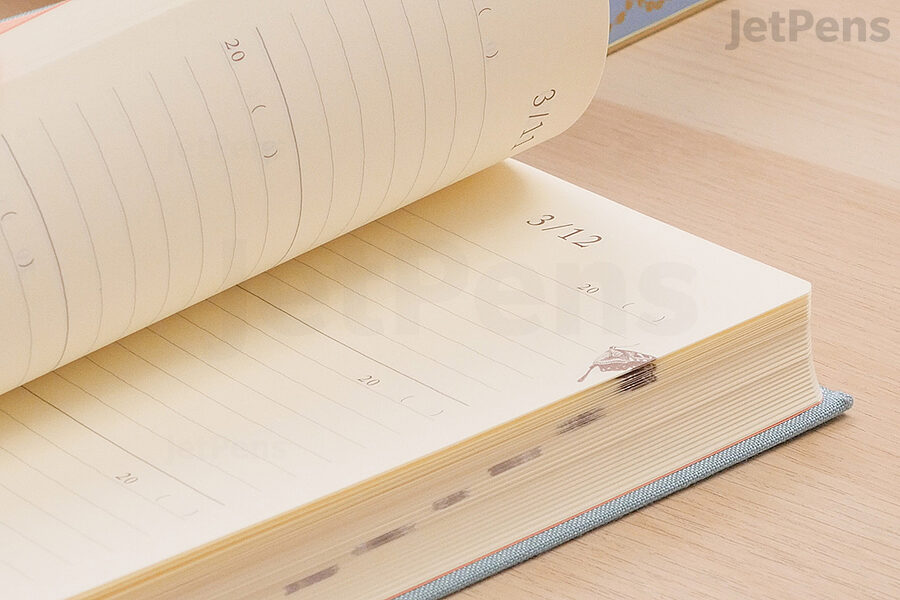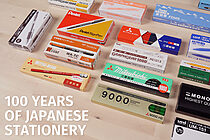There are many reasons to start a journal. One of the most important functions of journaling is to serve as a non-judgemental outlet. A journal is a private space to process events in life, both good and bad. When difficult things happen, you can write about them rather than keeping those feelings inside. Negative emotions like frustration or anger are heavy weights to carry. It can be incredibly relieving to instead put them down on paper.
Journaling can be a fruitful long-term endeavor as well. It can be difficult to remember small but meaningful things that happened in your life. Keeping a journal allows you to read past entries and jog your memory. Furthermore, if you would like to share your journal down the road, first-hand experiences will be especially meaningful for future generations. A journal serves as a record of the exact period you are living through, which can be markedly different from your life a year later, or even decades down the line.
These are not the only benefits to journaling, though we could not possibly list them all. Whether you use your journal to organize your thoughts or record your life, the most important part is that you get what you need out of writing a journal.






